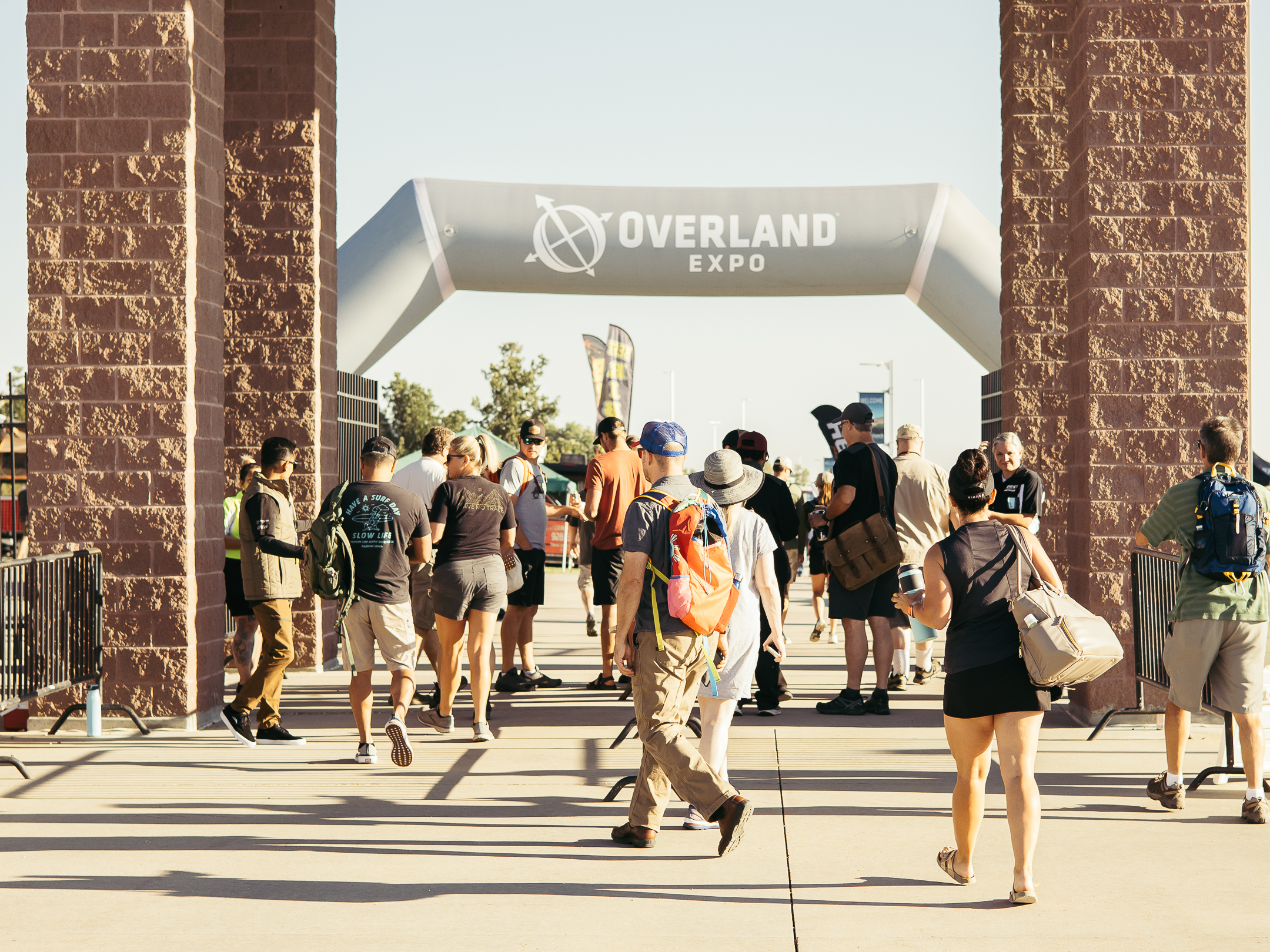As we settle into autumn and barrel toward a frigid winter, there are some things you need to consider when you’re traveling and camping by vehicle at this time of year. While you’re probably going to want to avoid high-country trips because of the prospect of high-elevation snow, there’s still a ton of great overland travel to do. It is, after all, “Desert Season,” so let’s get after it!
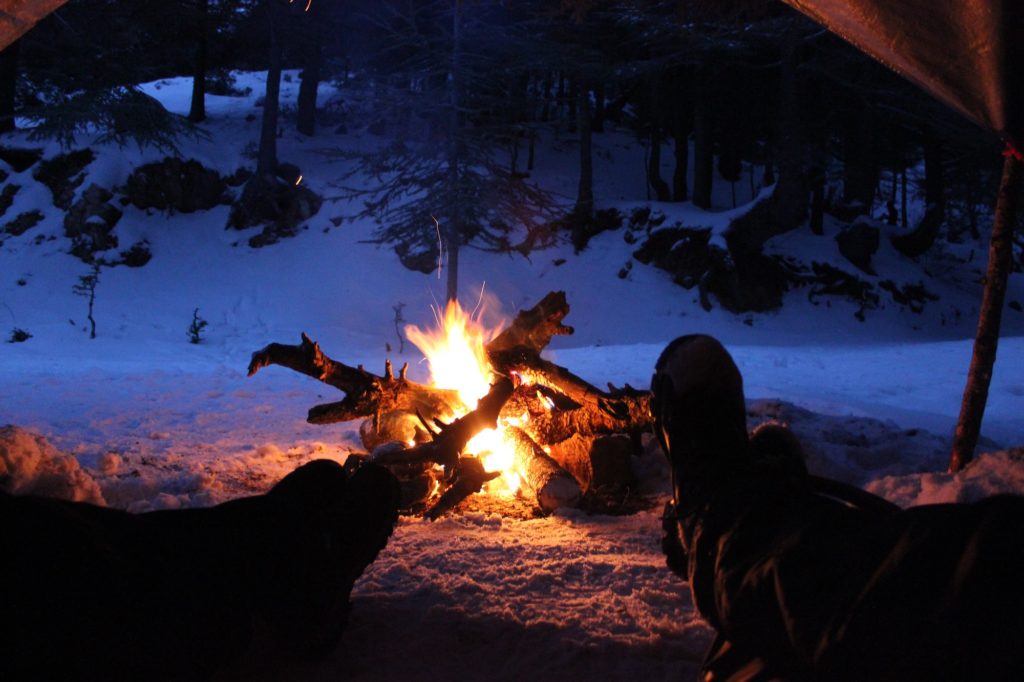
I probably don’t need to tell you that staying dry and warm is the name of the game when it comes to overlanding during winter. As someone who overlands and camps year-round, I’ve come to rely on a handful of techniques (and gear) to ensure that I remain comfortable during my winter explorations. By no means should my recommendations be taken as the final word on the subject of winter overlanding, though. Rather take my lessons and preferences as recommendations and jumping-off points for your own experiences.
Let’s break down some of the best ways I’ve found to stay warm while overlanding during winter.
Warm Clothing
Dressing for hanging around a campsite is a bit different from dressing for skiing or another aerobic activity. That’s because when you’re at camp, you’re mostly sedentary — that is after you’ve unpacked your rig and gathered and chopped your firewood. The key is LAYERS. Overdoing it with layers is never a bad thing. If you get too hot, it’s easy to peel a layer off. You’ll be far happier losing a layer because you’re too warm than wishing you had one or two more warm pieces of clothing.
I start with a baselayer like merino wool pants from Smartwool and long sleeve shirt from Icebreaker, add in some wool socks from Darn Tough. Next up is your mid-weight layer. I use a heavier half-zip or hooded merino wool top and all-weather pants like the KUHL Klash Durable Water Repellant Pants. I’ll add a down jacket or waterproof and windproof shell if the weather is scheduled to take a turn. Don’t forget your wool beanie and waterproof gloves too.


Campfire
This shouldn’t come as a surprise to anyone. Having a fire is your best bet to not just “making it through” a winter overland trip but to actually enjoying your time outdoors in the winter. And there is a lot to enjoy about a crackling fire to warm your bones at camp. Despite the challenges it poses, winter overlanding is amazing because of the solitude. There are a fraction of the number of overlanders out during the winter months than there are during summer. That means you’ll have the best trails and campsites mostly to yourself.
Also, cold, wet weather means there are no restrictions on fire. So you can make a roaring fire every night at camp without much worry of starting a wildfire. That said, if there’s not an established fire ring at your campsite and the ground is too frozen to dig in, you may want to bring a packable, portable fire pit like this one from Snow Peak.

Don’t want to worry about bringing or finding your own firewood? Propane fire pits are a fantastic way to get the ambiance and warmth of a campfire without the need to burn wood. Just hook your fire pit up to any propane tank and enjoy hours of heat and the orange glow of a campfire that is easily packable – check out this TemboTusk Fire Pit for instance.
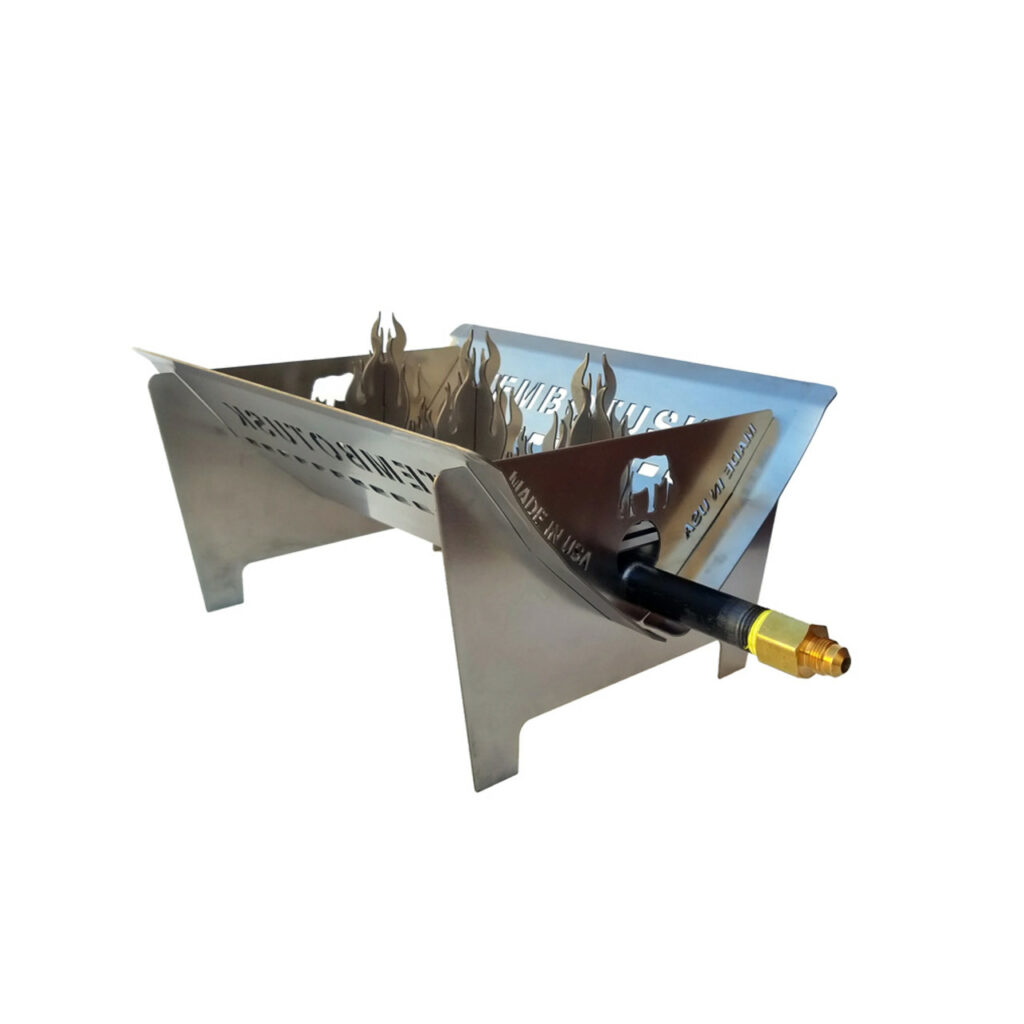
Heaters
Bringing your fire pit into your tent isn’t advisable, so you may want to find a way to create more heat inside your tent or off-road trailer than your body heat trapped inside a zero-degree sleeping bag. In that case, you’ll want to look at a gas-powered heater.
READ MORE: The Art of Letting Things Happen with the 2024 Ultimate Overland Build
Please understand that unsafe use of a gas-powered heater can be dangerous or downright deadly as there is a greater risk of fire and/or carbon monoxide poisoning. Heaters can make winter camping great, but if you’re not diligent, they can be a nightmare in the making. So, please use abundant caution if you decide to use an in-tent, gas-powered heater.
I’ve had pretty good luck with the Mr. Heater Buddy as well as the Mr. Heater Little Buddy Heater.
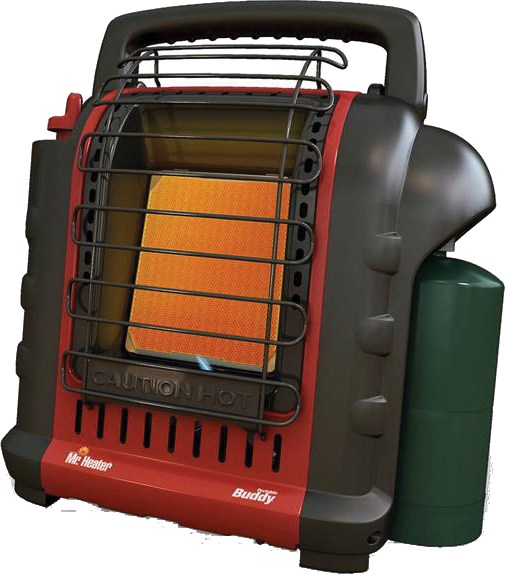

I’ve used the larger propane-powered Buddy around camp (specifically at my feet while I’m cooking dinner) and in my rooftop tent before bed. I wouldn’t leave the Buddy Heater going in my rooftop tent because I worry about burning my sleeping bag or blankets. The Buddy is powerful enough to heat the tent before I crawl into bed.
On particularly cold nights, I’ve used the Mr. Heater Little Buddy overnight in my rooftop tent. Because it’s much smaller, it puts off a lot less heat than the larger Buddy heater. The only issue with the Little Buddy is that it only lasts six hours. So, you might need to change out the propane bottle in the wee hours of the morning to stay warm.
Hearty Meals
Let’s say you get to camp late and in the dark, which isn’t difficult in the winter because the sun goes down at 4:30 p.m., and you need a hot, hearty meal to sustain you through the night. I recommend a high-calorie freeze-dried meal, like those from PEAK REFUEL.
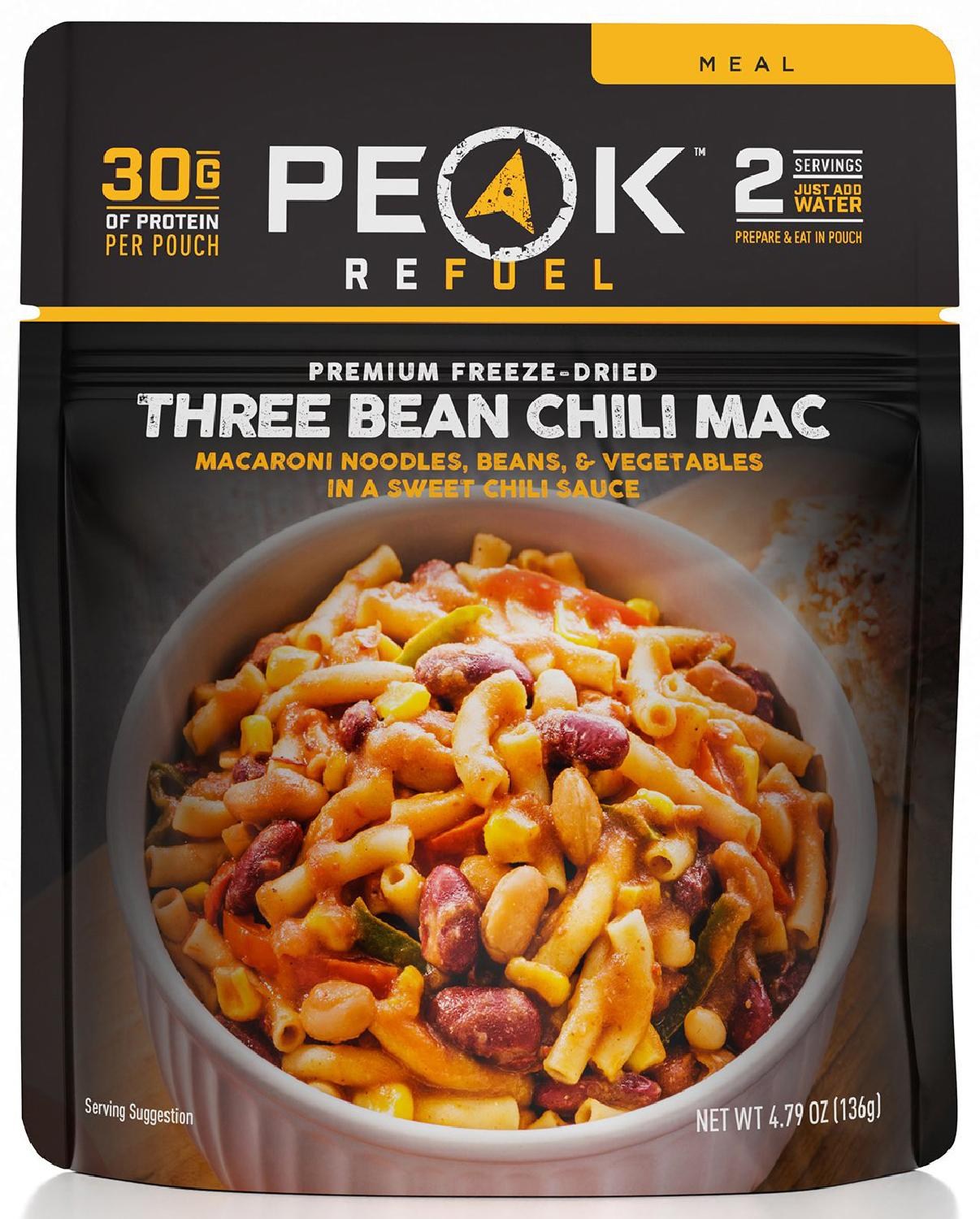
Designed for backpackers, these meals pack 40 grams of protein per pouch and only require a bit of boiling water to prepare. If you chow down on the Three Bean Chili Mac, you may be providing your own heat in your sleeping bag – if you know what I mean.
Keep Moving
If clothing, heaters, and food don’t warm you up, I recommend you keep moving to stay warm. It’s the oldest method for ensuring your core temperature stays up and your extremities stay flush, too. Cut firewood. Haul gear around. Walk the dog. Whatever you can come up with, generating your own heat is a great way to stay toasty.
If all else fails, get inside your truck and fire it up. But don’t make the mistake of wearing all your warm gear inside your warm truck. Your body will acclimate to the gear, and then when you get back out of your truck in your gear, you’ll be extra cold. Strip off your layers if you’re going to warm up in your truck. You’ll thank me later.
